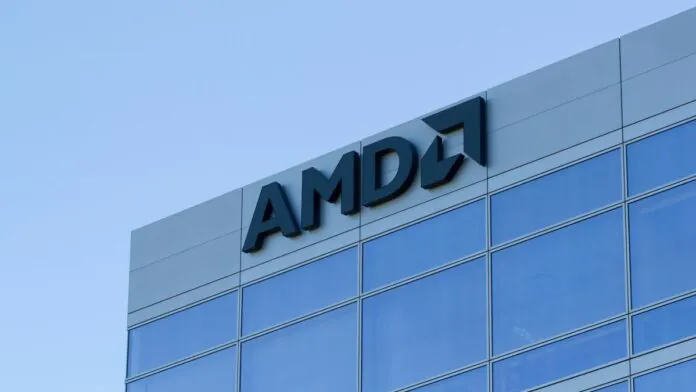© ROOT-NATION.com - Use of content is permitted with a backlink.
In September, AMD shared several hardware updates, including the Navi 32 GPU series, as well as several software improvements. The company introduced FidelityFX Super Resolution (FSR 3), HYPR-RX (a driver-level feature) and the Fluid Motion Frames (AFMF) technology. Together, these innovations take advantage of updated AMD Anti-Lag+ technology, essential for smooth gameplay.

Games with AMD’s latest scaling technology (FSR3) should already support Anti-Lag+. AMD also tried to intelligently enable Anti-Lag+ for all games at the driver level, but that turned out to be a more difficult task than AMD expected. Simply put, as soon as this technology appeared, it inadvertently activated anti-cheat systems in popular online games, marking AMD’s technology as possible cheats.
Users have reported cases of Anti-Lag+ being banned in games such as Call of Duty MW2, PUBG or Apex Legends. Although the issue had been around for a few weeks, it escalated when AMD released a driver that officially enabled Anti-Lag+ support for Counter-Strike 2, affecting more players. In response, AMD released a new driver that completely removed this feature.
Now, according to Frank Azor, AMD’s chief gaming solutions and marketing specialist, Anti-Lag+ will soon return after a three-month hiatus:
Any news on reintroducing Anti-Lag+? It’s been a while since it was removed. Or any info whether the FSR upscaler will be improved now that Frame Gen has been released?
Any info would be great
— TheRazerMD (@ecffg2010) February 13, 2024
Compared to the “non-plus” version of Anti-Lag, AMD has introduced a frame equalization function that affects the game code to improve synchronization and reduce lag even more. These changes were enough to make the anti-cheat systems work.
It is not known whether AMD will again try to implement Anti-Lag+ at the driver level, or will rely on the implementation of this technology through FSR3 support. This would ensure that the feature is implemented and approved by game development studios. This is how NVIDIA supports its competing Reflex technology in popular games (including Counter Strike 2).
Anti-Lag+ is currently not available in the graphics options. The plan was to enable this feature in the HYPR-RX preset, which also activates RSR (Radeon Super Resolution), Fluid Motion Frames, and Radeon Boost at the same time.
It is worth noting that Anti-Lag+ is supported only by Radeon RX 7000 and Radeon 700M graphics processors based on the RDNA3 architecture. Previous generation GPUs still support the “non-plus” version of Anti-Lag.
Read also:
- AMD Instinct MI300X AI and HPC accelerator starts shipping
- AMD Ryzen rolls out a ton of new CPU and GPU processors


